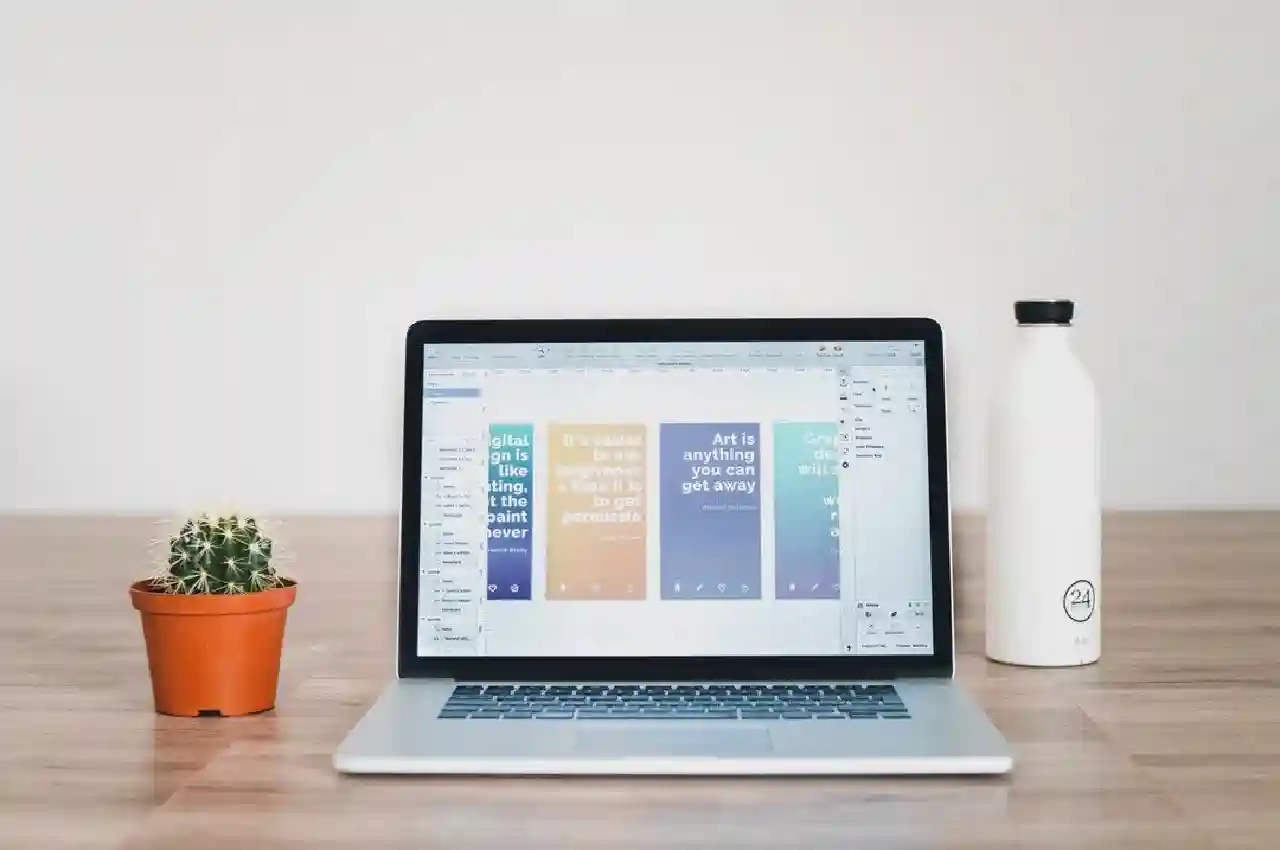Tech
Breaking the Mold: Innovative UI Interactions for Website Design

Have you ever visited a website and felt instantly drawn in, like it was speaking directly to you? That magic moment is often the result of innovative UI interactions.
In this article, we’ll explore how these interactive elements not only make websites more engaging but also help communicate information in a clear and compelling way.
You’ll find this discussion on UI interactions both enlightening and practical by reading this article!
Microinteractions
Microinteractions are small interactions on a website that give users feedback or guide them through their web experience. They can be as simple as a button changing color when you hover over it. These tiny details can greatly improve how users feel about a website.
Using microinteractions correctly can make a website feel alive and responsive. They help users know that their actions, like clicking a button or submitting a form, have been acknowledged.
Scroll-Triggered Animations
It’s possible for animations to start when you scroll up or down the page. They add movement to a page, which makes it more interesting as you look around. People will stay on the site longer because they want to see what comes next.
Users can be led step-by-step through a story or important parts of a website with this UI interaction and animation. Scroll-triggered animations can help people understand complicated information better if they are used wisely.
Interactive Storytelling
Combining text, pictures, and videos in a way that allows users to do more than just read is known as interactive storytelling on a website. It’s up to them how they want to learn; they can click, swipe, or type. This way of telling a story includes the listeners, which makes the experience unique.
Users are more likely to understand and remember what is being said if they are involved in the story. It turns people who are just watching into active players, which makes the material more educational.
Gesture-Based Interactions
Gesture-based interactions are when websites allow you to do things with simple movements on your screen. For example, swiping left or right to see more pictures or tapping to open a menu. These gestures make navigating a website quicker and easier.
Using gestures can make a website feel more intuitive. People are used to these kinds of actions from using their smartphones and tablets, so they feel natural when browsing a website. If you’re unsure how to implement these interactions effectively, consider the best UX/UI design services to guide you through the process.
Dynamic Backgrounds
Unique features called “dynamic backgrounds” make websites more interesting to look at without giving the user too much to think about or too much movement. They can change colors in a subtle way, have moving parts, or have dynamic parts that change based on what the user does. This makes the website feel more living and interesting, which makes people want to stay longer and look around.
Elevate Engagement With Groundbreaking UI Interactions
In conclusion, innovative UI interactions bring a new level of excitement and engagement to web design. They make your visit to a website more than just looking at information; they turn it into an experience.
As we move forward, these interactions will continue to shape how we interact with digital environments, making every online journey memorable.
Did you find the information in this article helpful? If so, be sure to check out our blog for more valuable resources.
Having completed my education in English, I’ve cultivated a successful career as a content writer. My tenure includes valued collaborations with distinguished professional organizations, reflecting my commitment to producing high-quality content.
Contact me on this mail: [email protected]










